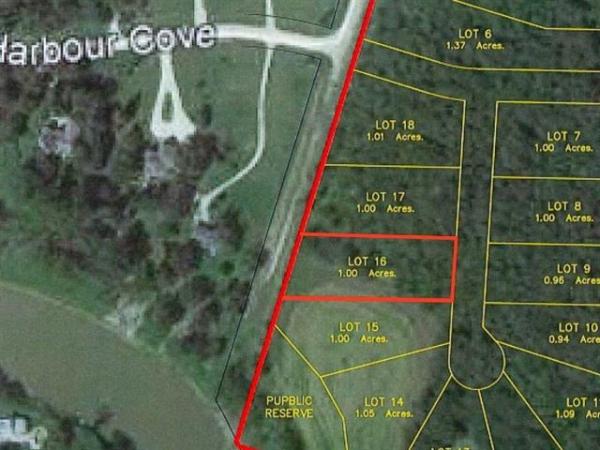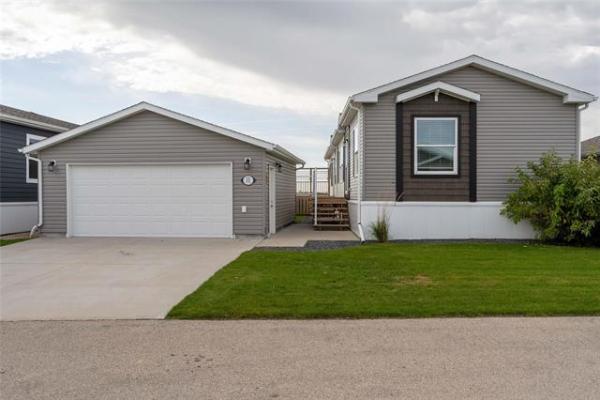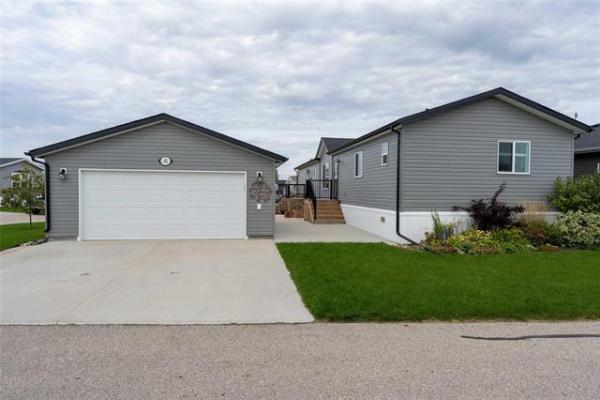"It's no joke," says Matt MacDonnell. Recycled denim in the form of blue-jean castoffs are being reincarnated as cotton-fibre insulation in the walls of green new-builds and retrofitted into existing houses that are undergoing renovations.
I.R.I.S. is working on a major renovation to a 3,300-square-foot Charleswood home built in 1974 that is incorporating new-to-Manitoba green materials that will distinguish this renovation as part of the LEED for Homes Pilot Project, a rating system that promotes the design and construction of high-performance green homes.
'Greenest'
"This renovation is the greenest we have ever done as a company, says MacDonnell, lauding the effectiveness and green properties of recycled denim as an insulation material.
Re-cycled denim racks up some impressive green stats representing 85 percent post-consumer waste as well as being 100 percent recyclable. "Fifty years from now, instead of bagging it and hauling if off to the dump, you would send it to the manufacturer and they would turn it right back into insulation. It simply has to be reshred to get it back to usefulness," says MacDonnell.
"While it's in your walls, recycled denim has a few major advantages compared to the typical bat insulation, whether it be fibreglass or mineral wool."
MacDonnell says that recycled denim is a better thermal insulator than fibreglass with a slightly higher R-value per inch. It also acts as an effective acoustic barrier for use on interior walls. "For the project we're working on now, we're using it to insulate the mechanical room walls so the furnace and hot-water-tank noise doesn't transmit into the rest of the house."
"The product is also 100 per cent mould and fungus resistant. You won't get any growth from it whatsoever and it is, of course, fire-resistant. It has everything you're looking for in just one product."
Recycled denim that is marketed under the Bonded Logic brand name, has zero volatile organic compound emissions (VOC). VOC refers to the "off-gas" properties of various construction materials that can contribute to adverse health and allergic reactions for home occupants.
"When you're putting it into the house, it's clean as far as what it's going to put into the air. As well, my crew guys don't have to protect themselves while they install it. They can wear shorts and a T-shirt. In fact, I have a sample I use in my office as a pillow if I ever get too tired."
Bonded Logic is manufactured in Arizona and has three distributors in Canada, with I.R.I.S. being a regional supplier. "The company gets the denim from a recycling program down in the United States by putting the word out that instead of sending jeans and other denim clothing to the dump, people can send them to be recycled. It seems to be working well. I don't have any supply issues with them at all," says MacDonnell.
Before installing the recycled denim insulation, the I.R.I.S. crew lined the exterior walls and the basement floor with one-inch rigid foam insulation as a proactive measure. "The rigid insulation stops air and moisture intrusion and also increases our thermal values to 1.5 of typical code, meaning we will be going through less heat. Rigid insulation also prevents any type of moisture intrusion which ensures that no mould will grow in any of the insulation."
Another significant green innovation for the Charleswood house is the installation of a grey-water recycling system. "It is by far the best product as far as green intelligence that I've ever come across." MacDonnell says.
The grey-water process involves diverting semi-soiled water from sources like bathtubs, showers and bathroom sinks. The water is diverted from going into the waste-water system, and is channeled to a unit that filters and chlorinates it to remove any particulate and bacteria. It is then stored until the toilet is flushed, and then pumped out to refill the tank.
Less stress
"We're taking semi-soiled water, cleaning it so that it's going to be clear and fresh-smelling, and then using it to flush your toilet. It will reduce the potable water consumption and waste water production by about 35 per cent, as soon as the system is installed."
MacDonnell says that besides the savings to the homeowner's water and sewer bills, there is less stress on our civic system to filter, clean and send the water back to the residence.
The homeowner is considering a rainwater collection system. "It's a separate system," says MacDonnell, "and our clients will be deciding on it during the next phase of the renovation.
As a green builder, I.R.I.S. approaches its project planning to include the most intelligent use of materials possible along with the best choice of products for the job. "In this renovation, we are going with concrete countertops in the basement which is a natural green choice. We are also using reclaimed hardwood flooring for the lower level rather than using new oak from old-growth forests. We have located a supplier who has provided us with a 100-year-old ash product that was salvaged from an old grain elevator and re-milled. We are also using carpeting made from post-consumer waste that will be 100 per cent recyclable at the end of its life cycle."
MacDonnell takes the long view when it comes to building for the future. "I think it's important to build for longevity, and to build for 45 to 55 years instead of just 10 to 15 years before having to be redone. The homeowner is spending a little bit more money now by adding the rigid foam insulation in the walls and basement floor but it will drastically increase the life cycle of the final product."
MacDonnell anticipates that the dollar gap between building green and the more conventional construction methods will continue to narrow as green methods become more mainstream. "Today's cost of the building contract will be higher, because we are increasing the insulation values and installing the grey-water system which costs more to do. If we were to take today's contract value for green, compared to a conventional contractor for the same project, and look at the total life-cycle costs, undoubtedly, building green would cost way less."
I.R.I.S. takes on conventional projects in addition to its green clients. "While there are still many people who will not consider going green, the way we operate as a company is still green. We continue to follow the LEED (Leadership in Energy and Environmental Design) philosophy through practices like deconstruction and reconstruction that aim for less wastage. As a company we continue to operate intelligently and give our clients a greener product than standard renovations without the additional costs."
Both Matt and Lisa MacDonnell want to counter the perception that building green has to be ugly or more expensive. "There are choices to be made and when you look at the big picture, it saves everybody time, money and resources."



